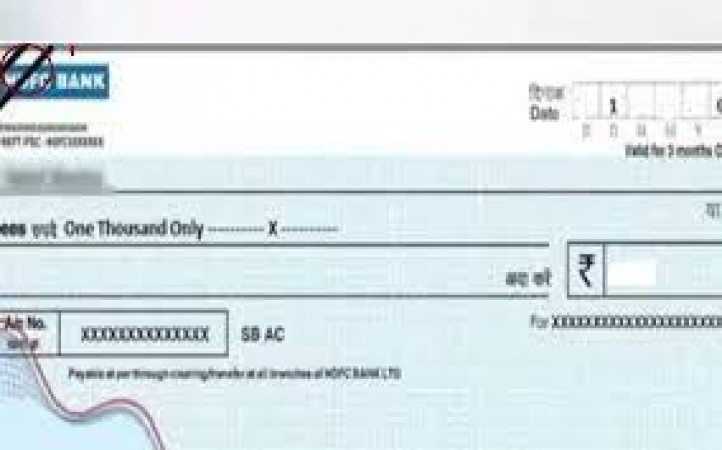
In the realm of banking, where transactions are often reduced to digital blips and electronic transfers, the physical cheque remains a tangible link to the financial transactions of yesteryears. And yet, even in this seemingly archaic piece of paper, there are elements that continue to perplex many - the two lines drawn on a cheque. What purpose do they serve, and why are they there? Let's embark on a journey to demystify the significance of these two lines.
When you receive a cheque, your attention might be drawn to the amount, the signature, or even the bank's logo. However, many individuals overlook the two lines printed on the face of the cheque, often dismissing them as mere design elements. In reality, these lines play a crucial role in the intricate dance of the cheque processing system.
The upper line, often referred to as the "courtesy line," is not just a visual component. Its primary function is to specify the recipient or payee's name. This seemingly simple line serves as a security feature, preventing unauthorized alterations to the payee information.
Direct your attention to the lower line, known as the "legal line." This line goes beyond the numerical representation of the amount; it contains the monetary amount written out in words. This redundancy reinforces the numerical amount elsewhere on the cheque and acts as a safeguard against fraud or discrepancies.
The inclusion of these two lines is not arbitrary but a strategic measure to thwart potential fraud. By having the payee name and amount written out in two different ways, it becomes more challenging for individuals with malicious intent to tamper with the cheque. This dual representation acts as a safeguard against alterations and ensures the integrity of the transaction.
The courtesy and legal lines together form a formidable duo against alterations. Even if someone attempts to change the payee name or the amount, the inclusion of these lines makes any discrepancies immediately apparent. This not only protects the payer but also serves as an additional layer of security for the financial institution processing the cheque.
To truly understand the significance of these lines, it's essential to delve into the historical context of cheques. The practice of writing cheques dates back centuries, and the inclusion of these lines has evolved as a response to the need for enhanced security.
In the face of technological advancements, cheques have faced competition from digital payment methods. Despite this, the two lines persist, adapting to modern security standards while coexisting with electronic alternatives. The resilience of these lines reflects their enduring role in the evolving landscape of financial transactions.
In many jurisdictions, the inclusion of courtesy and legal lines is not just a convention but a legal requirement. This ensures uniformity and adherence to standardized banking practices, reinforcing the legality and authenticity of the cheque. The consistency in this practice contributes to the overall stability and trustworthiness of the financial system.
Internationally, these lines contribute to the uniformity of cheques. Whether you're dealing with a cheque from your hometown or one from across borders, the presence of these lines is a constant. This consistency aids in the smooth processing of cheques globally, promoting a standardized approach to financial transactions. In unraveling the mystery of the two lines on a cheque, we discover their integral role in ensuring security, preventing fraud, and maintaining consistency in the world of banking. Far from being mere design elements, these lines serve as guardians of financial integrity, emphasizing the importance of traditional security measures even in the digital age. Next time you glance at a cheque, take a moment to appreciate the nuanced role played by these seemingly simple lines, connecting us to a legacy of financial transactions that continues to evolve.